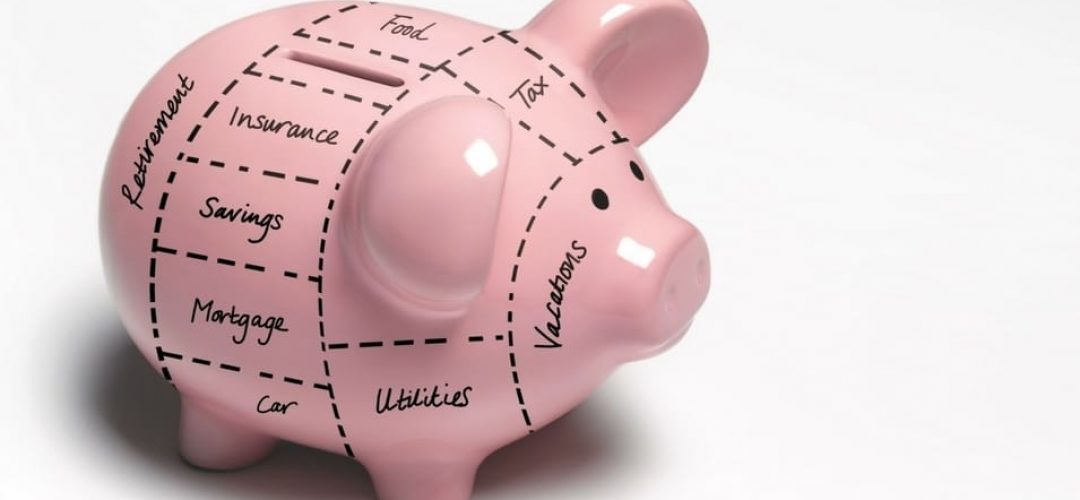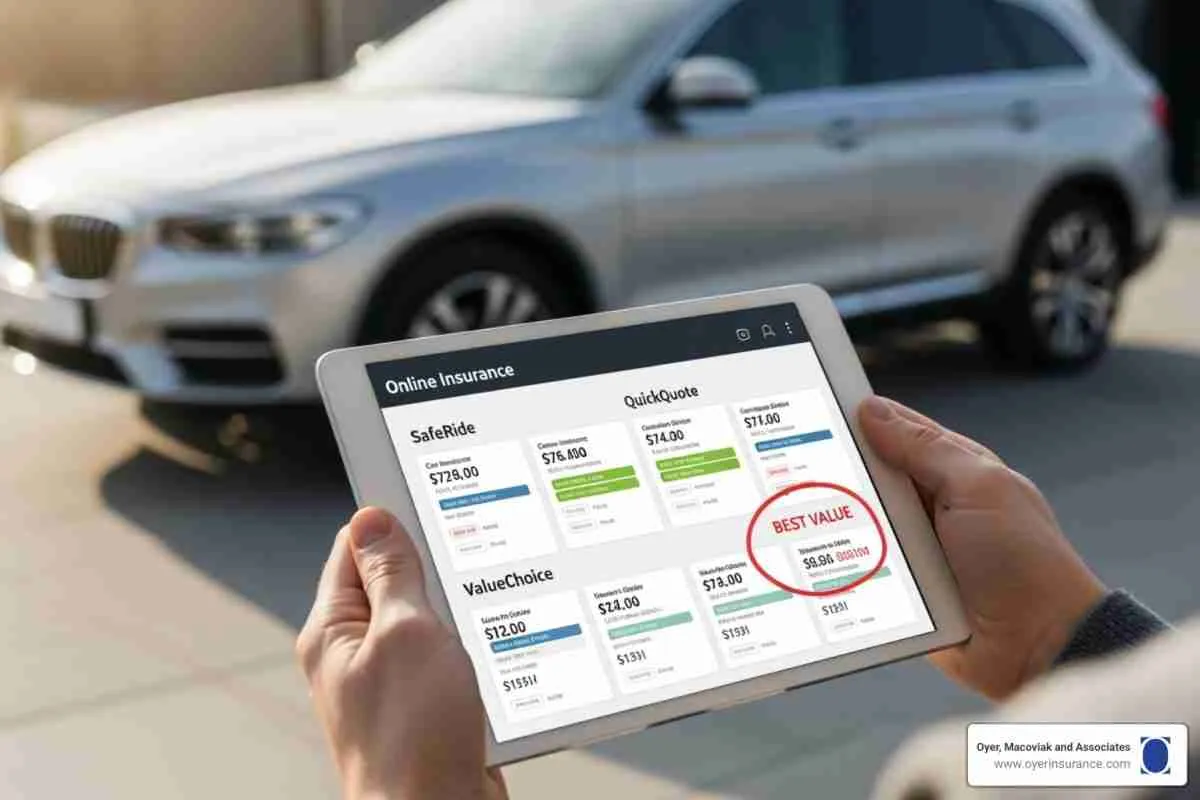In the face of life’s unpredictable nature, having a financial cushion can significantly alleviate stress and uncertainty. This article delves into the essentials of emergency fund budgeting, offering guidance on how to prepare for unforeseen expenses without compromising your current lifestyle or financial goals.
From determining how much to save to strategies for growing your safety net, we provide a comprehensive overview to ensure your finances are resilient in times of need.
Understanding the Importance of an Emergency Fund
An emergency fund is a financial safety net designed to cover unexpected expenses such as medical bills, car repairs, or sudden job loss. Without this financial buffer, you may find yourself in debt or forced to compromise your long-term savings goals.
Emergency fund budgeting is not just about saving money; it’s about ensuring peace of mind and financial security. It helps you avoid the stress that accompanies financial emergencies and provides a sense of control over your finances.
To start, evaluate your monthly expenses and aim to save at least three to six months’ worth. This may seem daunting, but even small contributions can grow over time.
Begin by reviewing your spending habits, identifying areas where you can cut back, and redirecting those funds into your emergency savings.
How Much Should You Save?
The size of your emergency fund will depend on your lifestyle, monthly expenses, dependents, and any unique circumstances. A good rule of thumb is to aim for three to six months’ worth of living expenses, but more may be necessary if your income is irregular or if you have a large family.
Consider setting incremental goals to make the process more manageable. For example, start by saving $500, then work up to one month’s expenses, and so on.
Remember, the goal is to create a buffer that makes you feel secure, not to set an unrealistic target that adds financial pressure.
Effective Strategies for Building Your Fund
Automatic transfers are a hassle-free way to consistently fund your savings. Setting up a direct transfer from your checking to your savings account right after payday ensures you won’t miss the money.
Explore high-yield savings accounts or money market accounts for your emergency fund. These offer higher interest rates compared to regular savings accounts, allowing your fund to grow faster.
Adjust your budget to prioritize saving. This might mean dining out less or cancelling subscriptions you don’t use. Every small adjustment can significantly speed up the growth of your emergency fund.
Use any unexpected windfalls, such as tax refunds or bonuses, to bolster your fund. It’s tempting to spend this extra money, but allocating at least a portion to your emergency savings can make a substantial difference.
Leveraging Technology to Enhance Savings
Many apps and online tools can help with emergency fund budgeting. Features like spending trackers, saving reminders, and automatic transfers can simplify the process and help keep you on track.
Consider using budgeting software to gain insights into your spending patterns and identify opportunities for savings.
Peer support platforms can also offer motivation and accountability, turning the challenge of saving into a shared, communal effort.
When to Use Your Emergency Fund
It’s crucial to define what constitutes an emergency. Generally, it should be an unexpected expense that affects your ability to meet basic living needs or something that if not immediately addressed, could lead to more significant financial issues down the line.
Avoid tapping into your fund for non-essentials or anticipated expenses. Instead, save separately for items like vacations, gifts, or upgrades to your home.
Should you need to use your emergency savings, make replenishing the fund a priority in your subsequent budgeting and saving efforts.
Adjusting Your Emergency Fund Over Time
Your financial situation will evolve, and so should your emergency fund. Review and adjust your savings goal annually or after significant life changes, such as a relocation, marriage, or job change.
Inflation and changes in your living expenses should also prompt a reassessment of your fund’s target size.
Building a robust emergency fund takes time and discipline, but the financial and emotional peace it brings is invaluable.
Emergency fund budgeting is a vital aspect of a healthy financial plan. It not only prepares you for the unexpected but also fortifies your financial well-being, allowing you to navigate life’s uncertainties with confidence. Start small, stay consistent, and watch your financial security grow over time. By following the strategies outlined in this article, you can build a substantial emergency fund that will stand by you in times of need.






